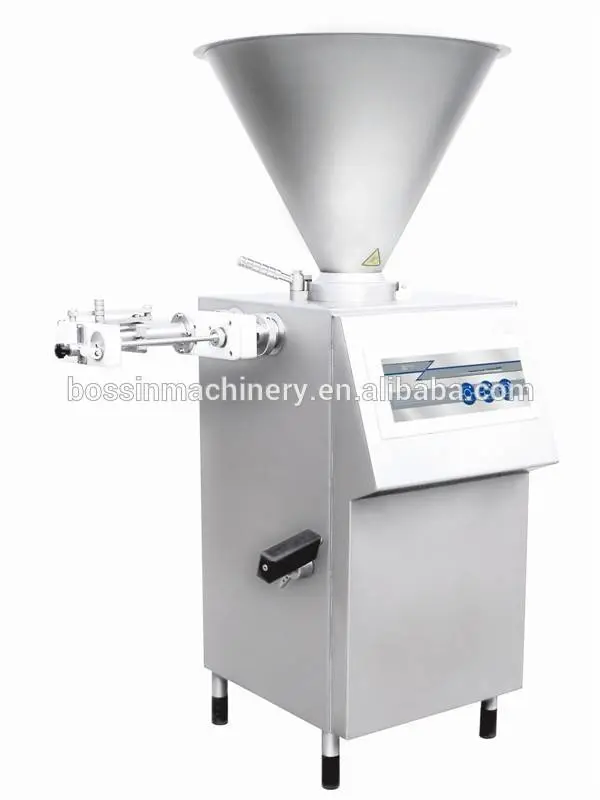
ಡಿಸೆ . 20, 2024 22:10 Back to list
Brine Injection Techniques for Saline Meat Production in Industrial Settings
The Role of Brine Saline Meat Injectors in Modern Food Processing
In the world of food processing, particularly in meat preparation, the use of brine saline meat injectors has revolutionized the way products are treated and enhanced. These innovative devices allow for the injection of brine solutions directly into meat, improving flavor, texture, and shelf life. As consumers seek both quality and convenience in their food products, the demand for brine saline meat injectors in processing factories has significantly increased.
Understanding Brine Injection
Brine injection involves the process of infusing meat with a saline solution containing salt, water, and various flavor enhancers. The primary objective is to enhance the juiciness and flavor of the meat, making it more palatable. Brine also acts as a preservative, extending the shelf life of meat products. This technique is particularly popular in the production of hams, turkey breast, and other processed meats.
The brine typically contains other ingredients, such as sugars, phosphates, and sometimes spices, to create a unique flavor profile. The mixture is carefully formulated to achieve the desired taste while maintaining the safety and quality standards required in food processing.
The Mechanics of Meat Injectors
Brine saline meat injectors are designed to penetrate the meat at high pressure, ensuring even distribution of the solution throughout the muscle fibers. These injectors can be manually operated or fully automated, depending on the scale of production. Modern factories often opt for automated systems that enhance efficiency and consistency while minimizing labor costs.
The design of these injectors typically includes multiple needles that can reach deep into the meat, allowing for the injection of larger volumes in shorter periods. This technology not only speeds up production but also ensures that the final product retains optimal moisture levels.
Benefits of Using Brine Saline Injectors
brine saline meat injector factories

1. Improved Flavor and Texture The primary benefit of brine injection is the enhancement of flavor and texture. Injecting brine allows for a uniform distribution of seasoning, resulting in a more consistent taste throughout the product.
2. Extended Shelf Life The salt in the brine solution acts as a preservative, inhibiting the growth of bacteria and extending the shelf life of meat products. This is particularly important in today's market, where consumers expect products to remain fresh for longer periods.
3. Increased Yield Brine injection can increase the yield of meat products by enhancing water retention. This means that consumers receive more product for their money, while processors benefit from reduced waste and increased profitability.
4. Versatility Brine saline injectors can be used across various types of meat, making them a versatile tool in processing facilities. From poultry to pork to beef, the application of brine can be tailored to meet specific market demands.
The Future of Brine Saline Meat Injectors
As consumer preferences continue to evolve toward healthier and more flavorful meat options, the innovation and development of brine saline meat injectors are likely to advance. Manufacturers are investing in research to create healthier brine solutions, using natural flavors and reducing sodium content without compromising taste.
Moreover, sustainability remains a key focus. Factories are exploring eco-friendly practices in their injection processes, including the use of natural preservatives and responsible sourcing of ingredients. This shift not only caters to health-conscious consumers but also aligns with global trends toward sustainable food production.
Conclusion
In summary, brine saline meat injectors are an essential tool in modern meat processing. They play a critical role in enhancing flavor, extending shelf life, and improving overall product quality. As technology continues to advance, so too will the techniques and solutions employed in the meat processing industry, ensuring that consumers receive high-quality products tailored to their evolving tastes and preferences. As factories adapt to these changes, they will likely lead to a new era of meat processing that emphasizes both innovation and sustainability.
Latest news
-
[Product Name]-[Company Name]|[Core Function 1]&[Core Function 2]
NewsJul.13,2025
-
SmartFlow 3000 Series-Industrial Automation Solutions|AI Analytics&Energy Efficiency
NewsJul.13,2025
-
NextGen Equipment Series-IndustrialTech Solutions|Smart Automation&Real-Time Analytics
NewsJul.12,2025
-
Smart Irrigation System - Example Corp | Water Conservation, AI-Driven Efficiency
NewsJul.12,2025
-
Chicken breast meat slicer
NewsMar.07,2025
-
Meat Bowl cutter for LAB
NewsMar.07,2025